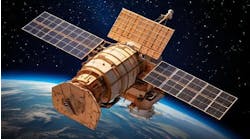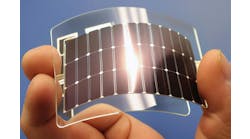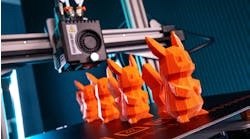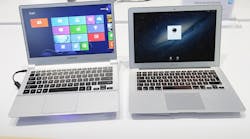Starting today, on the third Monday of every month, we are going to quickly recap three vastly different news stories from the 3D printing industry. We hope to show you this technology has the ability to alter not only how things are made, but how we live. At the very least, we’ll give you something to talk about at the dinner table or your next party.
And we want to know which 3D printing topics interest you, so don't forget to tell us which of the three topics you want to know in the comment section. We will write an in-depth piece on that subject the following month.
Space: The Profitable Frontier
A new report from SmarTech Markets Publishing predicts that space and defense aerospace companies will spend $140 million on the 3D printing technology and materials in 2016. By 2022, that figure will more than quadruple to $600 million.
Powder bed systems should account for half of hardware revenues over the next eight years, and 3D printing services are expected to garner $325 million in revenue.
Read the whole report here.
Cage Match
Recently, doctors in Spain and a medical device company in Australia worked together to design and implant a titanium rib cage and sternum in a 54-year-old cancer patient. The tumors spread to the patient's chest wall, requiring immediate removal of the sternum and parts of the rib cage.
The intricate geometry of the bones create major problems for conventional prosthetic plates, which can become loose over time. Using the patient’s CT data imaged at Salamanca University Hospital, Melbourne-based company Anatomics rendered a 3D model of the chest cavity and worked with the doctors to design the implant.
Oompa Loompa Ink
While Americans are using 3D printing to create space ships and war machines, and the Spanish and Australians are advancing health care, the Belgians are, naturally, making chocolate. The Smart Gastronomy Lab at the University of Liege (SGL) is using the most appetizing form of additive manufacturing yet.
While the lab isn't as mysterious or dangerous as Willy Wonka's factory, this chocolate does have an ulterior, quite nefarious motive: getting people to eating healthier.
The SGL contends that the general public may not be able to stomach digesting algae and other nutrient-rich sources (like bugs) normally, but what happens if you inject them into a chocolate Eiffel Tower? Well that’s something even non-French taste buds will surrender to.











